Eucalyptus globulus LABILL. |
| |
|
|
Botanical Name |
: |
Eucalyptus globulus LABILL. |
English
Name |
: |
Australian or Blue Gum Tree |
Synonym(s) |
: |
Eucalyptus gigantea Dehn., Eucalyptus glauca DC., Eucalyptus perfoliata Desf., Eucalyptus pulverulenta Link. |
Family |
: |
Myrtaceae |
| |
General Info
| Description |
 |
|
A large tree attaining a height of 60 m or more with a straight, clean bole and smooth bark peeling off in long thin strips or sheets. Leaves on young twigs opposite, sessile, cordate-ovate, glaucous grey; adult leaves alternate, lanceolate or ovate-lanceolate, acuminate, falcate. Flowers large, axillary, solitary or 2 to 3 together; calyx tube broadly turbinate, thick and woody. Fruits (capsules) semi-globular, containing numerous minute seeds. Stems of seedlings and coppice shoots quadrangular in cross section. |
| Herb Effects |
 |
|
The leaves, and the essential oil they contain, are antiseptic, antispasmodic, expectorant, febrifuge and stimulant. Its antiseptic properties confer some antimalarial action; carminative, alleviates spasms, antiperiodic, antiseptic, aromatic, deodorant, expectorant, febrifuge, hypoglycaemic, stimulant and fungitoxic (leaf); antibacterial and stimulates the cardiovascular system (aerial part); antiseptic (mainly in skin diseases and for upper respiratory infections), stimulant and expectorant (essential oil); antipyretic (bark and leaf). |
Chemistry
| Active Ingredients |
 |
|
Cineole (essential oil of leaf and aerial part); camphene,alpha-phyllandrene, beta-eudesmol, alpha and beta-thujone, caffeic acid, camphene, carvone, chlorogenic acid, citriodorol, cuminaldehyde, ellagic acid, ferulic acid, gallic acid, hyperoside, P-cymene, protocatechuic acid, quercetin, quercitrin, rutin, sabinene, verbenone and flavonoids (leaf). |
| Chemistry
of Active Ingredients |
 |
|
|
 |
Name |
CAS# |
IUPAC Name |
Formula |
Structure |
 |
|
| Cineole |
8024-53-1 |
2,2,4-trimethyl-3-ox
abicyclo[2.2.2]octan
e |
C10H18O |
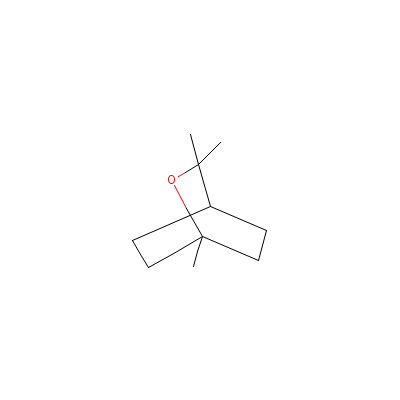
|
| Camphene |
5794-04-7 |
2,2-dimethyl-3-methy
lidene-norbornane |
C10H16 |
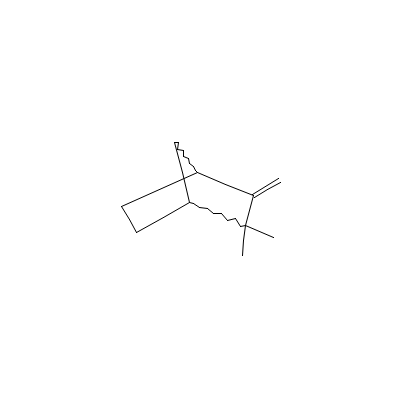
|
| beta-Eudesmol |
473-15-4 |
2-(4a-methyl-8-methy
lidene-decalin-2-yl)
propan-2-ol |
C15H26O |
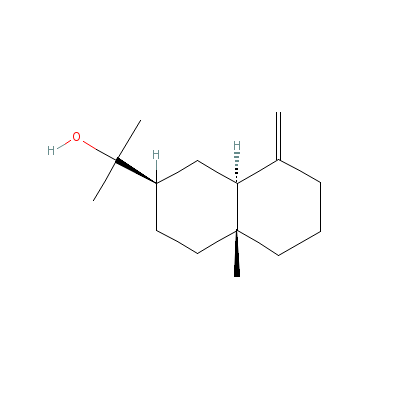
|
| alpha-Thujone |
546-80-5 |
2-methyl-5-propan-2-
yl-bicyclo[3.1.0]hex
an-3-one |
C10H16O |
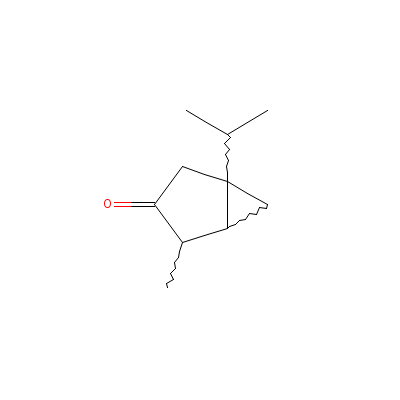
|
| beta-Thujone |
1125-12-8 |
2-methyl-5-propan-2-
yl-bicyclo[3.1.0]hex
an-3-one |
C10H16O |
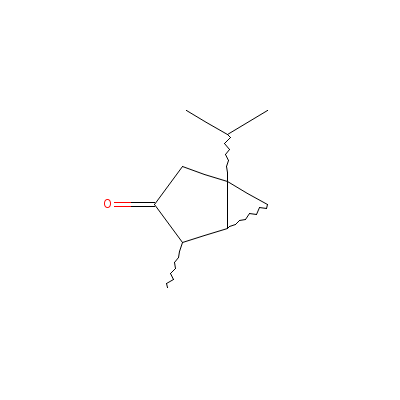
|
| Caffeic acid |
Not Available |
3-(3,4-dihydroxyphen
yl)prop-2-enoic acid |
C9H8O4 |
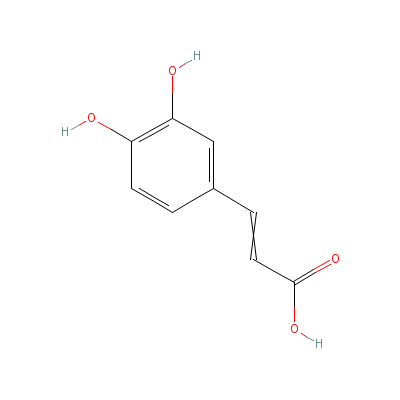
|
| Carvone |
53763-73-8 |
2-methyl-5-prop-1-en
-2-yl-cyclohex-2-en-
1-one |
C10H14O |
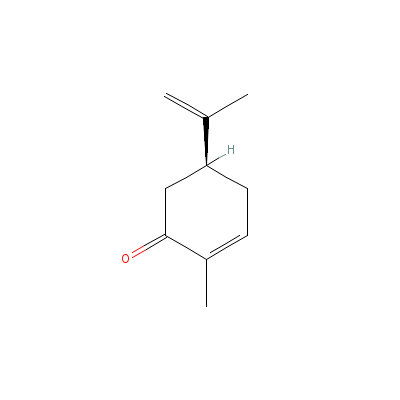
|
| Chlorogenic acid |
327-97-9 |
3-[3-(3,4-dihydroxyp
henyl)prop-2-enoylox
y]-1,4,5-trihydroxy-
cyclohexan
e-1-carb
oxylic acid |
C16H18O9 |
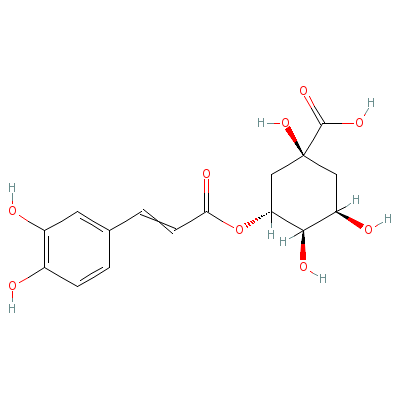
|
| Cuminaldehyde |
122-03-2 |
4-propan-2-ylbenzald
ehyde |
C10H12O |
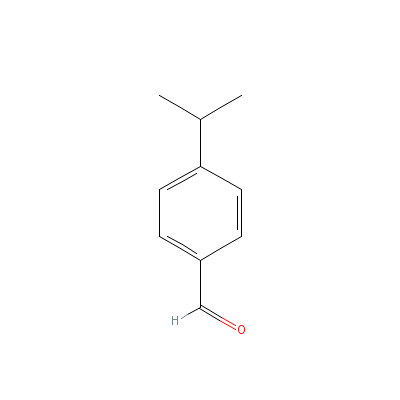
|
| Ellagic acid |
Not Available |
Not Available |
C14H6O8 |
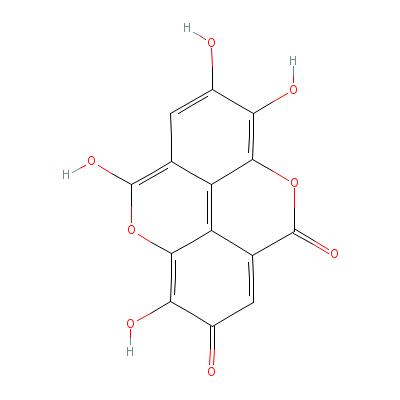
|
| Ferulic acid |
24276-84-4 |
3-(4-hydroxy-3-metho
xy-phenyl)prop-2-eno
ic acid |
C10H10O4 |
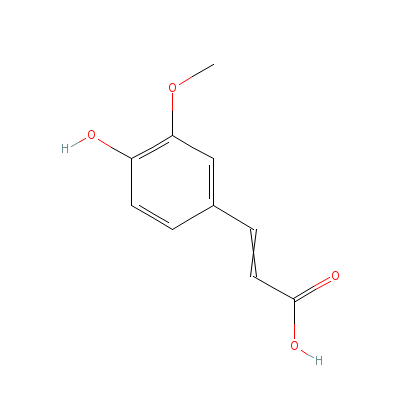
|
| Gallic acid |
149-91-7 |
3,4,5-trihydroxybenz
oic acid |
C7H6O5 |

|
| Hyperoside |
482-36-0 |
2-(3,4-dihydroxyphen
yl)-4,5-dihydroxy-3-
[3,4,5-trihydroxy-6-
(hydroxyme
thyl)oxa
n-2-yl]oxy-chromen-7
-one |
C21H20O12 |
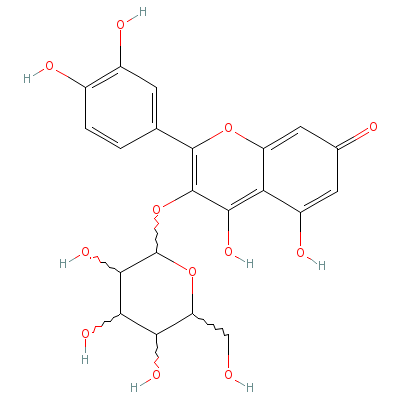
|
| p-Cymene |
Not Available |
dichlororuthenium;
1-methyl-5,6-dihydro
-4H-pyrimidine;
p-cymene |
C15H24Cl2N2Ru |
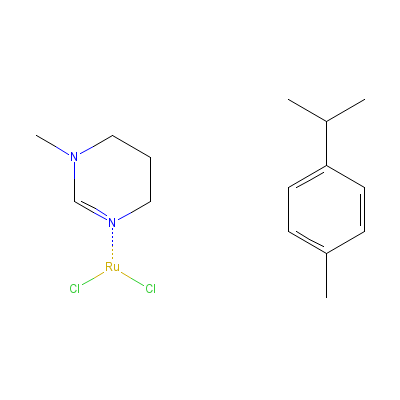
|
| Protocatechuic acid |
5417-95-8 |
N',N'-diethyl-N-(3,5
,7,8-tetrazabicyclo[
4.3.0]nona-2,4,8,10-
tetraen-2-
yl)propa
ne-1,3-diamine |
C12H20N6 |

|
| Quercetin |
Not Available |
2-(3,4-dihydroxyphen
yl)-3,4,5-trihydroxy
-chromen-7-one |
C15H10O7 |
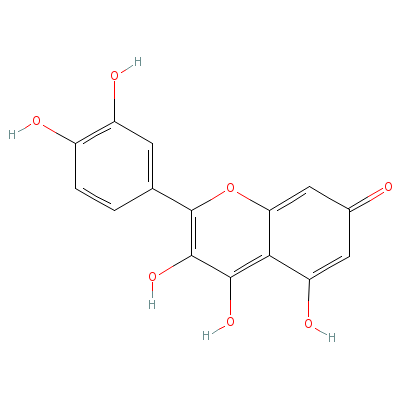
|
| Quercitrin |
6151-25-3 |
2-(3,4-dihydroxyphen
yl)-4,5-dihydroxy-3-
(3,4,5-trihydroxy-6-
methyl-oxa
n-2-yl)o
xy-chromen-7-one |
C21H20O11 |
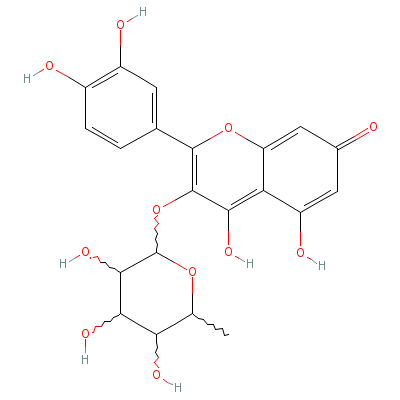
|
| Rutin |
Not Available |
2-(3,4-dihydroxyphen
yl)-4,5-dihydroxy-3-
[3,4,5-trihydroxy-6-
[(3,4,5-tr
ihydroxy
-6-methyl-tetrahydro
pyran-2-yl)oxymethyl
]tetrahydropyran-2-y
l]
oxy-chromen-7-on
e trihydrate |
C27H36O19 |
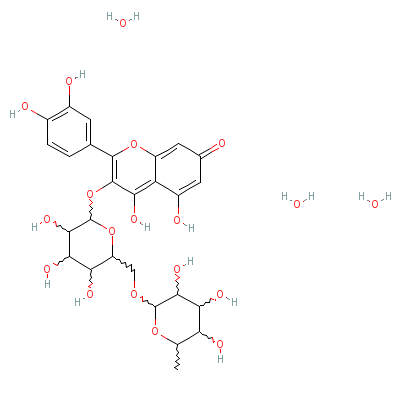
|
| Sabinene |
3387-41-5 |
4-methylidene-1-prop
an-2-yl-bicyclo[3.1.
0]hexane |
C10H16 |
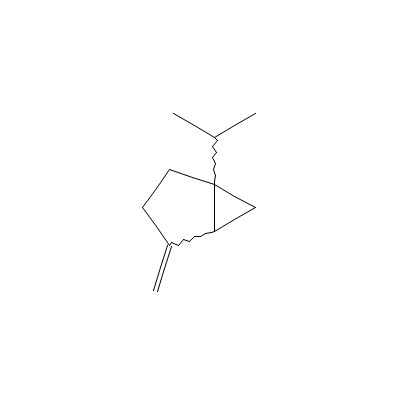
|
| Verbenone |
80-57-9 |
2,7,7-trimethylbicyc
lo[3.1.1]hept-2-en-4
-one |
C10H14O |
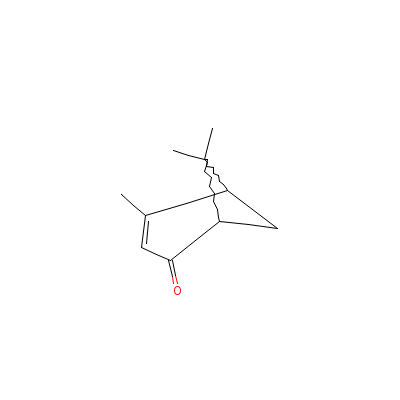
|
|
Pharmacology
| Medicinal Use |
 |
|
In rheumatism, asthma, spasmodic throat troubles, increases cardiac action, chronic bronchitis, skin diseases and for burns (essential oil of leaf and aerial part); in sporadic fevers (alcohol extract of bark and leaf); alleviating spasms (leaf); for relieving coughs and colds, sore throats and other infections (leaves essential oil); in the treatment of diarrhoea and bladder inflammation, externally it is applied to cuts etc (resin); in the form of a tincture in asthma and chronic bronchitis (dried leaves). |
| Contraindication |
 |
|
Eucalyptus oil should not be used by infants and children under the age of two, especially near the face and nose, due to the risk of airway spasm and possible cessation of breathing.Eucalyptus should not be used in large amounts by people with low blood pressure as it may cause a further drop in blood pressure.Although there are no known reports of drug interactions, the German Commission E monograph suggests that because eucalyptus oil may activate certain enzyme systems in the liver, it may potentially weaken or shorten the action of some medications, including pentobarbital, aminopyrine, and amphetamine (Blumenthal et al., 1998 and Brinker, 1997). |
| Reference |
 |
|
 Chandel et al., Biodiversity in Medicinal and Aromatic Plants in India. Chandel et al., Biodiversity in Medicinal and Aromatic Plants in India.
The Himalaya Drug Company.
Bentley and Trimen, Medicinal Plants.
Blumenthal M, Busse WR, Goldberg A, et al. (eds). The Complete German Commission E Monographs: Therapeutic Guide to Herbal Medicines. Austin: American Botanical Council and Boston: Integrative Medicine Communications, 1998, 127–8.
Brinker F. Herb Contraindications and Drug Interactions. Sandy, OR: Eclectic Institute Publishers, 1997, 46–7. |
Dealers
Products
|
|